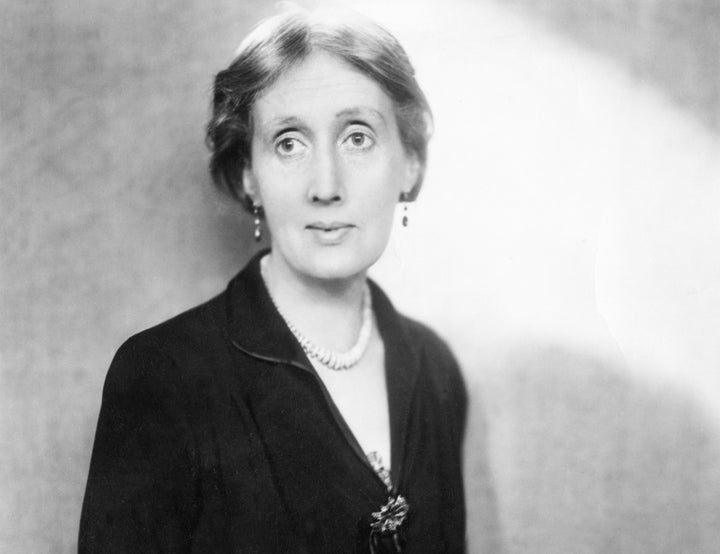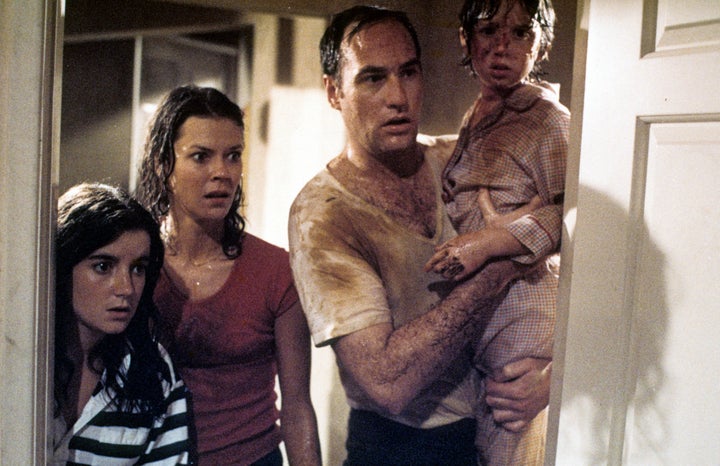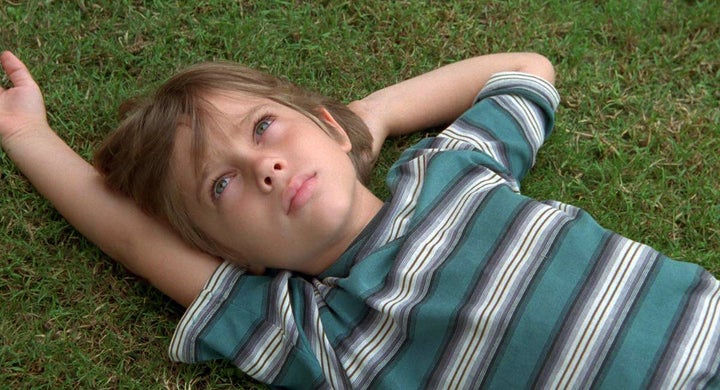
It’s hard to talk about “A Ghost Story” with anyone who hasn’t seen it. I knew little about the film when I took my seat at its Sundance premiere in January, and I wish everyone could experience this time-shifting masterstroke without preconceived insight. At the very least, wait to see it before reading reviews.
Do, however, familiarize yourself with the forerunners that inspired writer/director David Lowery’s jewel about a dead musician (Casey Affleck) who returns to haunt the rural home he shared with his wife (Rooney Mara). Opening in limited release this weekend and expanding to additional cities throughout July, “A Ghost Story” as a whole is unlike anything else. But it is the sum of many parts indebted to classic literature and cinema as varied as Virginia Woolf and “Beetlejuice.”
During a recent interview, Lowery, whose previous credits include “Pete’s Dragon” and “Ain’t Them Bodies Saints,” walked me through a smattering of influences that led to his stunning meditation about mortality.
Virginia Woolf’s literature
“A Ghost Story” opens with a quote from “A Haunted House,” a Virginia Woolf story that captures an entire lifetime of experiences in fewer than 700 words. “Whatever hour you woke there was a door shutting,” a black screen declares within the first few minutes. Woolf’s paragraph continues thusly: “From room to room they went, hand in hand, lifting here, opening there, making sure―a ghostly couple.”
Lowery didn’t base “A Ghost Story” on “A Haunted House,” per se, but the movie’s quiet journey through past, present and future takes cues from Woolf’s work.
“Virginia Woolf’s literature really transformed my own ideas about how to formally represent the passage of time and how time affects us,” Lowery said. “Specifically, the benchmarks are Mrs. Dalloway, To the Lighthouse and Orlando, all of which have time as a central conceit.”

“Beetlejuice”
Following a car accident, Affleck’s late character rises from a gurney at the end of a minute-long stationary shot that lingers right outside a hospital doorway. The ghost, wearing a Halloween-style bedsheet with peepholes, walks the halls unseen, reaching a wall that slits open, producing a warm, glowing rectangle. That inviting light, as gentle but startling as the man’s reanimation, is an homage to the gleaming green portals in Tim Burton’s “Beetlejuice.”
“Poltergeist”
When Mara’s mourning, pie-bingeing character moves out of her home and forward with her life, new tenants take over. Having marked the spot as his emotional territory, the specter smashes a Spanish-speaking family’s dishes and makes lightbulbs flicker in an attempt to drive them away, much like the spirits in the 1982 horror classic “Poltergeist,” who move furniture and break glasses in the Freeling clan’s California dwelling.
The narrative developed as Lowery wrote the script, so much so that he initially questioned whether the movie should culminate with Mara’s departure. “It doesn’t feel like that’s [the] end,” he said, recalling his drafting process. “What would I like to see happen next as an audience member? I answered that by writing a scene. Then it’s basically a remake of ‘Poltergeist’ in Spanish.”

The films of Tsai Ming-liang
Lowery said most of the “Ghost Story” touchstones were “goofy,” but the movie is also indebted to “esoteric” foreign art films. Key among them: the long, unbroken shots featured in Malaysian Chinese filmmaker Tsai Ming-liang’s work, specifically “Stray Dogs,” “The Wayward Cloud” and “What Time Is It There?”
“Ugetsu”
One of the all-time great ghost movies, “Ugetsu” also concerns dead lovers whose spirits linger in humanistic hauntings. Lowery saw the 1953 Japanese film, directed by Kenji Mizoguchi, shortly before making “A Ghost Story.”
“Boyhood”
Lowery didn’t cite Richard Linklater’s coming-of-age masterpiece while working on “A Ghost Story,” but he saw the parallels after finishing his film. In “Boyhood,” one year fades into the next, the characters aging without grand proclamations, time slipping forward whether desired or not.

“The Tree of Life”
As I said in my list of the year’s best movies to date, “A Ghost Story” could be described as Terrence Malick meets “Poltergeist.” We’ve already covered the latter. Lowery claimed “The Tree of Life” as an inspiration, and it’s easy to see why: Malick’s 2011 magnum opus slips back and forth between a modern-day domestic drama and the origin of the universe. The mileage on “A Ghost Story” isn’t quite as broad, but it does rewind to a colonial family that once occupied the same property, presenting time as an ever-revolving circle.
“Ghost”
In a separate interview, Lowery told my Screen Crush pal Erin Oliver Whitney that he nixed a sequence inspired by the 1990 romantic thriller “Ghost.”
“We had more rules in the screenplay in terms of what the ghost could or couldn’t do,” Lowery said, referring to Affleck’s apparition. “We had a lot of scenes that were sort of directly lifted from ‘Ghost,’ the Patrick Swayze movie, about how he’s learning how to physically move things in the real world. We had an entire sequence defining the rules of the world, where he’s running through the house trying to figure out how to get out and realizes that he can’t. And ultimately that stuff proved to be unnecessary. This movie was too simple to require that sort of explanation as to why you can’t leave the house. ... We even had a cat that was directly meant to be an echo of the cat interaction in ‘Ghost,’ but our cat did not behave so we knew we were wasting too much time trying to get a cat in there.”
CORRECTION: An earlier version of this post misidentified Tsai Ming-liang as Japanese.
